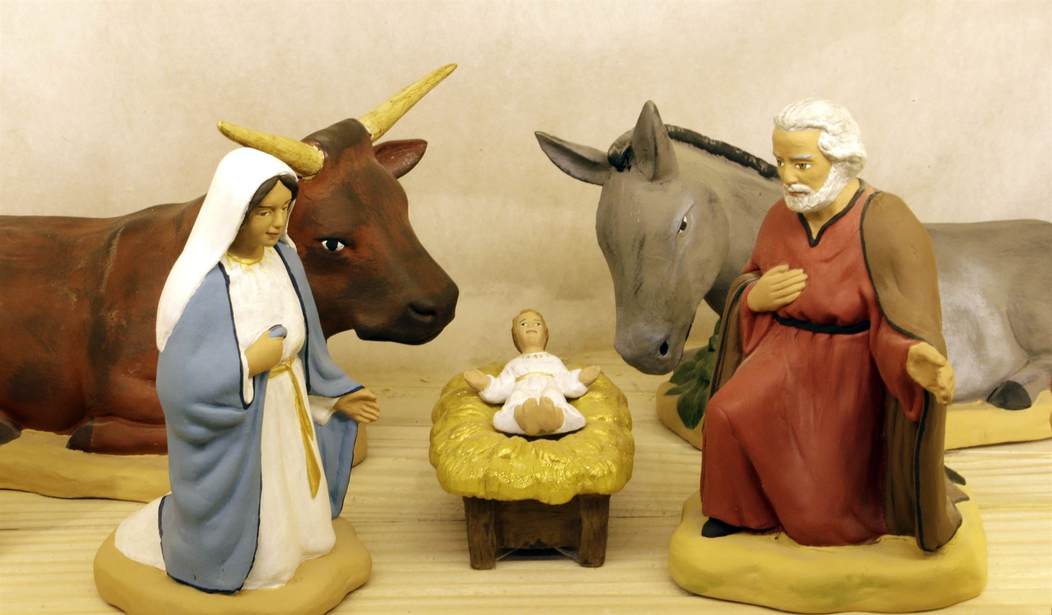March 19 in the Catholic Church is the feast of St. Joseph, the foster father of Jesus Christ and the husband of Jesus’s mother Mary. In the Bible, Joseph never speaks, but he always immediately does what the messengers of God tell him to do. He has therefore been considered since the earliest days of Christianity as a model father, husband, and servant of God.
St. Joseph’s Day is important for Italians, particularly Sicilians, and when many immigrants came to America, the festivities in honor of St. Joseph were imported to the U.S. by the Italian immigrants. One old tradition that is said to originate in Sicily, and which continues to be practiced in America today, is the Tavola di San Giuseppe or St. Joseph’s Table.
In many U.S. parishes now, including my own, the table is mostly spread with bread and baked goods. Sometimes the bread is free for guests at the St. Joseph’s Day celebration, and sometimes the baked goods are sold and the proceeds are given to charity. One signature Italian food for the St. Joseph’s festivals is a round cream puff (sfinge) that is filled with ricotta cheese and covered with candied cherries or citrus. Almond cookies are another dessert traditionally found on the tables. Catholic Culture notes that the tables originally began as a way of thanking St. Joseph for ending a famine and for feeding the poor:
According to legend, there was a famine in Sicily many centuries ago. The villagers prayed to St. Joseph, foster-father of the Infant Savior, and asked his intercession before the throne of God. Their prayers were answered. With the ending of the dreadful famine, a special feast of thanksgiving was held in commemoration of the Saint. This celebration became tradition. Wealth[y] families prepared huge buffets. They then invited the less fortunate people of the village, especially the homeless and sick.
The festivals weren’t just about eating, however. Villagers would traditionally be selected to dress up as Jesus, Mary, and Joseph — the Holy Family — and be placed in seats of honor. Other villagers might portray the Twelve Apostles and angels. After the local priest blessed the food, the “Holy Family” would be served first as a reminder of the religious reason for the celebration. The festival would often last most of the day and into the night.
Breads are baked in [the] shapes of a staff, a carpenter’s implement, a hand, the cross and animals close to the Infant Child at birth…It is also customary for the village officials to arrange a public buffet in St. Joseph’s honor. The banquet table invariably stands in the piazza–public square–opposite the doors of the cathedral. The table is usually built around two sides of the piazza in the form of a right angle. These village tables in the public squares may not be as elaborately decorated as those in the homes, but they [sag] beneath the weight of choice foods and wines contributed by the wealthy villagers. All come to this public table at some time during the day to pay homage to the great saint.
Still in some U.S. parishes now, a statue of St. Joseph is processed by the parishioners. The statue is then placed on the table and surrounded by the baked goods, a symbol of St. Joseph watching over the parishioners’ welfare as he watched over the welfare of Baby Jesus and Mary in the Bible.
Have a blessed St. Joseph’s Day!










Join the conversation as a VIP Member